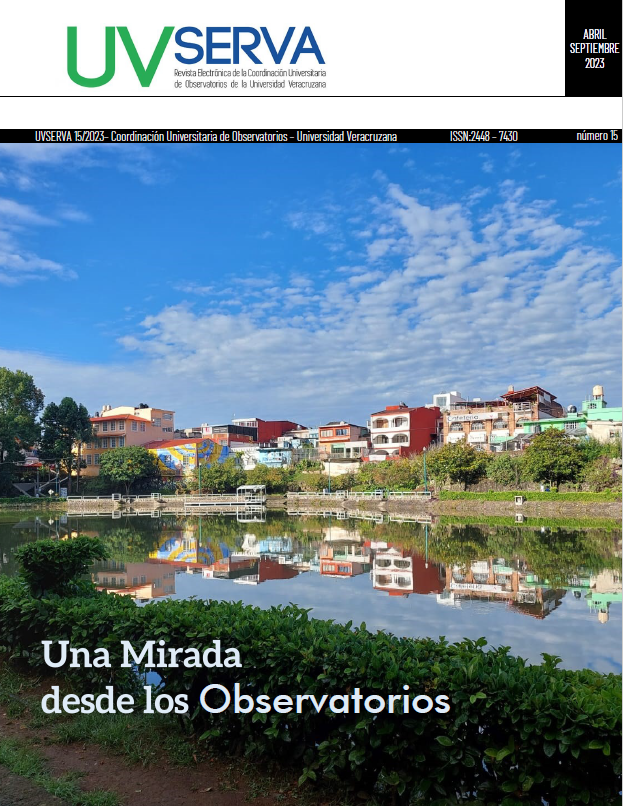Resumen
A partir de la interpretación de propiedades físicas medidas en el subsuelo por medio de diferentes técnicas geofísicas, podemos localizar y delimitar la distribución de los diferentes cuerpos de agua subterráneos: el espesor y distribución de los estratos, el tipo de roca, además de estructuras geológicas como diaclasas, fallas o pliegues. En este trabajo se presentan los resultados de los datos adquiridos durante la aplicación de estudios de tomografía de resistividad eléctrica y sísmica de refracción, así como del levantamiento geológico de la zona de estudio, realizados en el municipio de Jalcomulco, estado de Veracruz, México, con el fin de identificar el nivel freático a una profundidad somera, del cual se pudiera extraer agua mediante la perforación de un pozo, ya que el existente muestra contaminación por el río La Antigua. Después de la interpretación y constricción de los diferentes métodos se llegó a la conclusión de que existe la presencia de un volumen de agua libre de contaminación a los 16 m de profundidad. Además, se identifican al menos tres estratos con características geofísicas distintas, correspondientes a la capa de suelo reciente, depósitos fluviales y de lahares. Esta información puede ser de utilidad para futuros proyectos de excavación de pozos.
Geophysical studies for the detection of groundwater in the municipality of Jalcomulco, Veracruz, Mexico
Abstract
From the interpretation of physical properties, measured in the subsoil by means of different geophysical techniques, we can locate and delimit the distribution of the different underground water bodies, the thickness and distribution of the strata, the type of rock, as well as structures geological features such as joints, faults or folds. This paper presents the results of the data acquired during the application of tomography studies of electrical resistivity and seismic refraction, as well as the geological survey of the study area, carried out in the municipality of Jalcomulco, state of Veracruz, Mexico, in order to identify the water table at a shallow depth, from which water could be extracted by drilling a well, since the existing sample shows contamination by the Antigua river.. After the interpretation and constraint of the different methods, it was concluded that there is the presence of a volume of water free of contamination at a depth of 16 m. In addition, at least three strata with different geophysical characteristics are identified, corresponding to the recent soil layer, fluvial and lahar deposits. This information may be useful for future well drilling projects.
Citas
Castany, G. (1975). Prospección y exploración de las aguas subterráneas. Omega.
CEIEG. (2019). Cuadernillos Municipales 2019, Jalcomulco. http://ceieg.veracruz.gob.mx/2019/05/09/cuadernillos-municipales-2019/
CONAGUA. (2019). Aguas Subterráneas. https://sigagis.conagua.gob.mx/gas1/sections/A_Subterranea.html
Kearey, P., Brooks, M. y Hill, I. (2002). An introduction to geophysical exploration (3a edición). Blackwell Science.
Ortigoza-González, J. (2021). Delimitación de aguas subterráneas a partir de sísmica de refracción y métodos geoeléctricos en el municipio de Jalcomulco-Veracruz”, [tesis Licenciatura], Facultad de Ingeniería, Benemérita Universidad Autónoma de Puebla.
Servicio Geológico Mexicano [SGM] (2002). Carta Geológico-Minera, Veracruz E14-3. Escala 1:250,000.
Servicio Geológico Mexicano [SGM]. (2010). Carta Geológico-Minera, Coatepec E14-B37. Escala 1:50000.
Sieron, K., Weissling, B., Gutiérrez-Anguiano, R., González-Hernández, J. C., Martínez-Báez, C., Monfil-León, E. U., y Montiel, F. C. (2021). Estudios Geofísicos en el techo de México. UVserva, (12), 54-61. https://doi.org/10.25009/uvs.vi12.2817

Esta obra está bajo una licencia internacional Creative Commons Atribución-NoComercial 4.0.
Derechos de autor 2023 Julio César González-Hernández , Mtro. José Serrano Ortiz, Katrin Sieron, Lic. Jesús Ortigoza-González , Dr. Blake Weissling , Dr. Francisco Córdoba-Montiel , Dr. Rafael Torres Orozco


